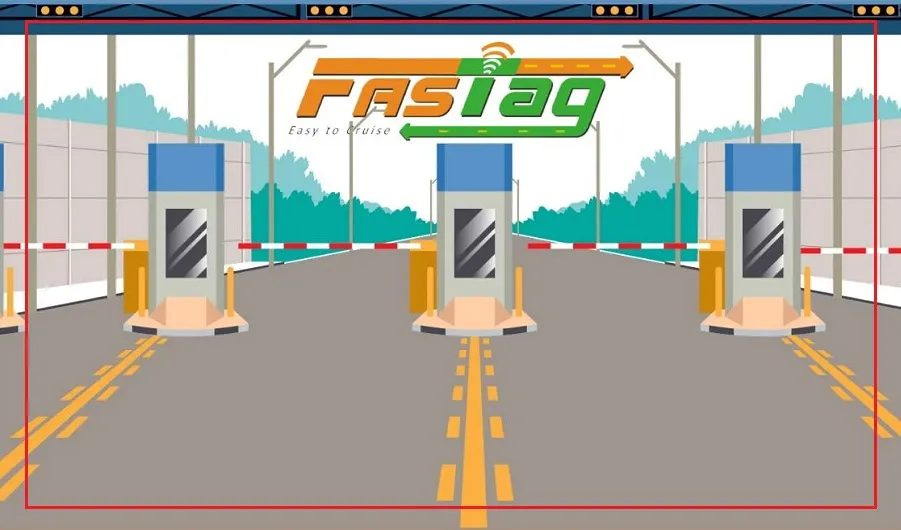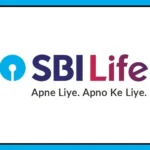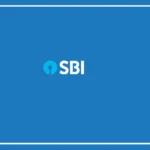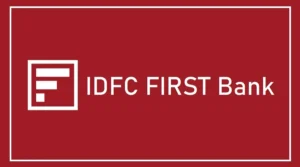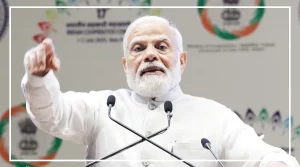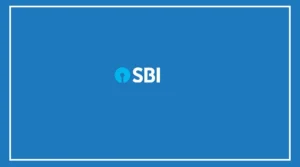The Reserve Bank of India (RBI) has recently updated the FASTag system to make it more convenient for users.
Now, FASTag accounts are included in the e-mandate framework, allowing for automatic recharges.
This means you won’t have to wait in line if your FASTag balance runs out.
Instead, funds will be automatically transferred from your bank account to your FASTag account when needed.
Key Changes to FASTag
On January 22, the RBI introduced a new rule under the e-mandate framework for FASTag and the National Common Mobility Card (NCMC).
Here’s what you need to know:
Automatic Recharge: You will now receive a notification 24 hours before money is deducted from your bank account to top up your FASTag.
This ensures you are aware of the upcoming transaction.
Minimum Balance: You must set a minimum balance for your FASTag account. When your balance reaches this threshold, money will be automatically deducted from your bank account
and added to your FASTag account. This will prevent you from running out of funds unexpectedly.
Benefits of the New FASTag Rule
The new rule aims to eliminate long queues at toll plazas. Previously, drivers who had insufficient FASTag balance or forgot to recharge had to wait in line to pay at toll booths.
With the new system, users will avoid this inconvenience, as their FASTag accounts will be automatically funded.
Upcoming KYC Deadline
In addition to the FASTag changes, the National Highways Authority of India (NHAI) has announced a new KYC requirement:
Account Review: If your FASTag account is five years old or older, you need to update it.
KYC Renewal: If your FASTag account is three years old or older, you must complete KYC (Know Your Customer) again by October 31. Failure to do so will result in your account being blacklisted.
Make sure to complete these updates by the deadline to keep your FASTag account active and functional.


